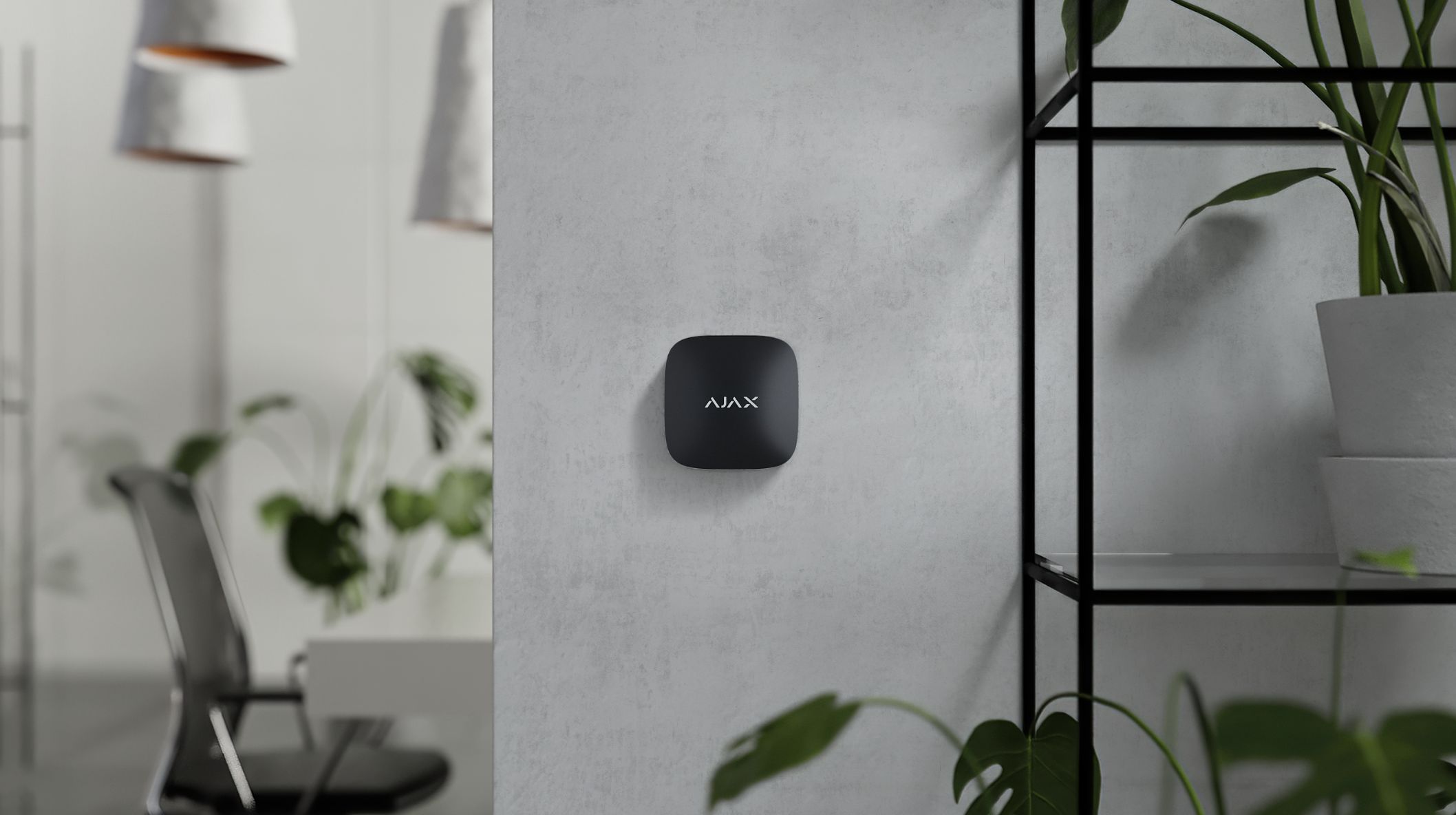How Wireless Alarm Systems are Revolutionizing Indoor Air Quality Management
Increasing pollution levels and allergens in our surroundings have made indoor air quality (IAQ) a prominent concern in recent years. Numerous health issues, such as headaches, fatigue, and respiratory problems, can be brought on by poor IAQ. Indoor air quality management has been transformed by wireless alarm systems, thanks to technological improvements.
The Importance of Indoor Air Quality
Our health and well-being are directly impacted by the air we breathe. Unfortunately, due to inadequate ventilation, pollutants from cleaning supplies and building materials, and allergens like dust, pet dander, and pollen, indoor air quality is frequently worse than outdoor air quality. Numerous health conditions, such as allergies, asthma, and other respiratory difficulties, can be brought on by poor IAQ.
How Wireless Alarm Systems are Changing IAQ Management
Thanks to wireless alarm systems, we now monitor and manage indoor air quality in homes and workplaces. They offer real-time monitoring of a range of air quality factors, including temperature, humidity, and levels of air pollution, and they notify users when those parameters exceed acceptable limits. This real-time monitoring enables businesses and homeowners to enhance IAQ, immediately creating healthier living and working environments.
The Benefits of Real-Time Monitoring
One of the main benefits of wireless alarm systems is real-time monitoring. IAQ metrics, including temperature, humidity, and air pollution levels, are provided in real-time, allowing users to see problems early and take appropriate action. This makes it possible to intervene quickly, improving IAQ and resulting in better health outcomes.
Ajax Systems and the LifeQuality Sensor
Ajax Systems is one of the top businesses offering wireless IAQ management. They provide users with intelligent gadgets, such as the LifeQuality sensor, to help them monitor and enhance their IAQ. With its unique ability to assess temperature, humidity, and air pollution levels, the LifeQuality sensor can provide real-time information on the air quality in a specific area.
For those with allergies or respiratory issues, the LifeQuality sensor is beneficial. An alarm might be sent to a user’s smartphone. For instance, if a sensor detects a high amount of pollen or another allergy, they can take action to lower their exposure. Similarly, the sensor can inform the user to take corrective action if it detects high humidity levels, which can promote mold and bacteria growth.
Remote Control and Long-Term IAQ Management
Wireless house alarm systems may be remotely controlled by air purifiers and HVAC systems, which is another way they are changing IAQ management. This implies that enterprises and homeowners can change their IAQ settings anytime and from any location. When notified of excessive levels of air pollution in their home, for instance, a homeowner could remotely turn on their air purifier.
Additionally, wireless alarm systems offer helpful information for long-term IAQ management. Homeowners and companies can spot patterns and decide on IAQ improvements by observing trends. For instance, a company might modify its cleaning schedule or ventilation system if it sees an increase in air pollution levels at particular times of the day.
The Ease of Installation and Use
Last, installing and using wireless alarm systems are simple. Traditional wired alarm systems may need professional installation because they can be difficult and time-consuming. On the other hand, wireless alarm systems may be set up and operational in minutes by anyone with basic DIY skills.
Conclusion
As a result of their ability to provide real-time monitoring and control over IAQ characteristics, wireless alarm systems are changing IAQ management by enabling individuals and organizations to enhance their IAQ right away.

